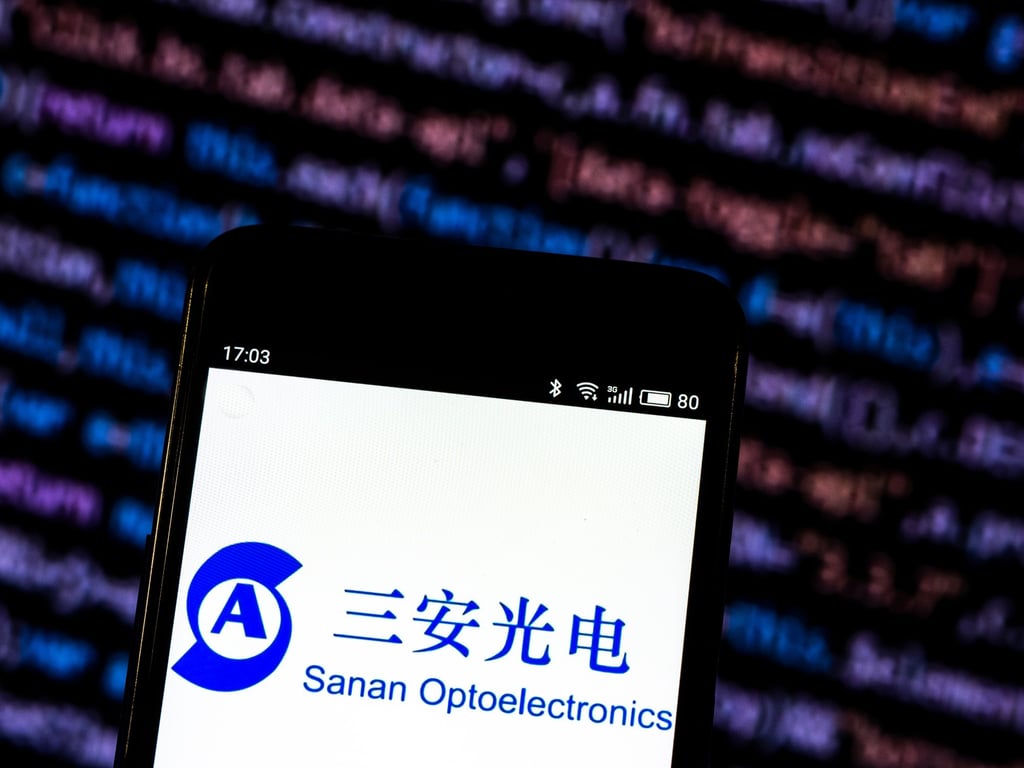Europe’s No 2 chip maker STMicroelectronics to form US$3.2 billion semiconductor joint venture with China’s Sanan Optoelectronics in Chongqing
- The joint venture will build a new 200mm silicon carbide device manufacturing operation that will start production in the fourth quarter of 2025
- Sanan Optoelectronics will build and operate separately a new 200mm SiC substrate manufacturing facility to fulfil the venture’s requirements

The deal involves the creation of a new 200mm SiC device manufacturing operation that will start production in the fourth quarter of 2025, with anticipated full buildout in 2028.
“China is moving fast towards electrification in automotive and industrial, and this is a market where ST is already well-established with many engaged customer programmes,” Jean-Marc Chery, president and chief executive of STMicroelectronics, said in a statement released on Wednesday. “Creating a dedicated foundry with a key local partner is the most efficient way to serve the rising demand of our Chinese customers.”
This new enterprise will be financed by contributions from STMicroelectronics and Sanan Optoelectronics, local government support and loans to the joint venture, according to the statement.

In parallel, Sanan Optoelectronics will build and operate separately a new 200mm SiC substrate manufacturing facility to fulfil the joint venture’s requirements, using its own SiC substrate process.
One of the most important advanced ceramics in contemporary usage, SiC is a semiconductor base material consisting of silicon and carbon. Historically, manufacturers used SiC in high-temperature settings for devices such as bearings, heating machinery components, car brakes and even knife-sharpening tools.